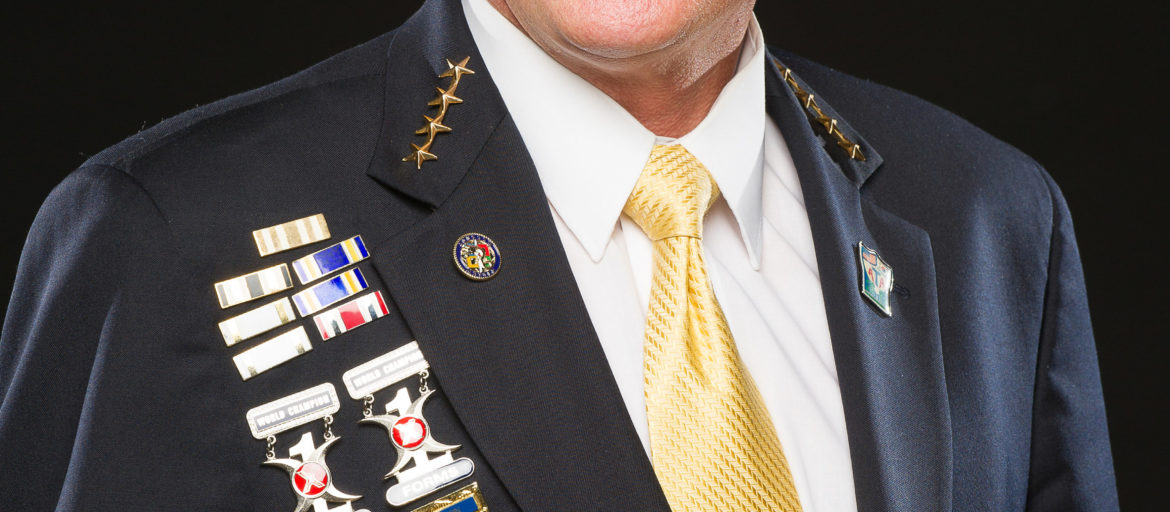On Christmas Day, Northwest Airlines Flight 253, loaded with 289 passengers and crew, began its descent into Detroit. All seemed normal. Until suddenly, an alert passenger heard something that sounded like a “muffled pop”. He looked over a few seats and saw a man acting strangely. Then he smelled smoke.
Ready to Act
Without a moment’s notice, the passenger climbed over other people and tackled a man who was igniting a bomb. The hero, Dutch passenger Jasper Schuringa, saved 289 lives and averted disaster. This was only made possible because he was alert, aware of his surroundings… and trusted his instincts.
In the next few pages, you’re going to discover how to increase your awareness, preempt danger before it strikes and develop your “sixth sense”. The goal, of course, is to be safe in any situation. And if trouble starts, you should be able to walk away safe and sound.
Our #1 Tool of Survival
Animals use claws, teeth, venom and overwhelming power to defend themselves. We humans use our brains. It’s our #1 tool of survival. And by far, the most important way to use your brain for self-defense is by exercising awareness. You must be aware of your surroundings at all times. When you develop “situational awareness”, you’ll stay one step ahead of attackers and other threats.
The Four Color Codes of Awareness
Law enforcement and military experts break down states of awareness into four “color codes”: White, Yellow, Orange and Red. I like to think of these as “rungs of readiness” that reveal how you should respond to a potential threat. Here’s what each one means:
Condition White
In Condition White, you are unaware of your surroundings and lack attention. You may be day dreaming, talking on a cell phone or texting a friend. Basically, you’re “in your own world”. You may feel secure, but that may not be the case. This is the condition the average person is in most of time.
Problem is, bad guys like to catch people by surprise. The best way to do this is attack when a person is unaware – in other words, in Condition White. When a victim is interviewed after an attack, he or she often says things like, “He came out of nowhere” or “I didn’t even see the person who attacked me”. That’s a sure sign they were in the White state.
What to do in this state: This one is the simplest. Avoid being in this state – especially in public. When a bad guy sees that you’re aware of your surroundings, in many cases he will move on and seek an easier target. Instead of White, try to be in the…
Condition Yellow
Yellow means “caution”. In this state you’re relaxed but alert. Your “radar” is switched on and you’re scanning the environment. Condition Yellow is the state Jasper Schuringa (the hero of flight 253) was in. This is why he was ready to act when he sensed something wasn’t right. In condition Yellow, you will NOT be taken by surprise.
What to do in this state: Scan your environment and look for things out of the ordinary: suspicious people, vehicles out of place and especially what’s behind you (to avoid being surprised). When walking down the street, take mental notes. Ask yourself: “What is that guy doing wearing sunglasses at night?” or “Why is that person wearing a trenchcoat when it’s 90 degrees outside?”
When walking to your car, have your keys ready so you don’t have to fumble around. Check your back seat before getting in your car.
When you arrive home and unlock your front door, make sure it was not tampered with or ajar. If you hear a strange sound in the middle of the night, don’t assume it was “just the cat”. Carefully check it out. Better safe than sorry.
Finally, use your “Sixth Sense”. You already possess one, whether you realize it or not. Unfortunately, many people ignore their Sixth Sense. They think to themselves, “Why would anybody want to hurt me?” or “This could never happen to me”. As a police detective recently said, “Trust your gut and if something doesn’t feel right, it usually isn’t.”
Strive to be in Condition Yellow at any given time. Keep in mind, however, that you do NOT have to go through life afraid or suspicious of everybody. That’s not the point. There is a balance to be struck. Strike the right balance and you can stay clear of most trouble. If you DO, however, detect something’s amiss, you can move into…
Condition Orange
This means you are in danger. A threat exists. For example: It’s late at night and you’re walking back to your car in a distant corner of a parking garage. You have the feeling you’re being watched. Then you notice four young men watching you and whispering to each other.
Or you’re walking home from school and a car slowly pulls over.
In other cases, it may be more general. You may simply be driving through a bad part of town. Orange occurs when there is the possibility of danger – whether or not you have identified it yet.
In this state your awareness kicks up and you notice more detail: “Why is this person approaching me?” or “Why is he reaching in his pocket?”.
Your body also becomes more sensitive. You feel people get closer to you without seeing it. The hair on the back of your neck might start to stand up. Your hearing gets better. All your senses heighten. (By the way, a very dangerous tip-off is when somebody looks you up and down and “sizes you up”.)
What to Do in Condition Orange: You do your thinking in this stage so when you’re ready to act, you don’t have to think. While you don’t need to act immediately, be ready and prepared. Focus on the threat then devise a plan. Ask yourself, “Can I escape? Are there any clear exits? Are there other people around I can alert if trouble breaks out? Or is my only choice to defend myself?”
Once you’ve made your decision, you then create a mental “line in the sand”. When this line is crossed you snap your plan into action. You know exactly what you’re going to do without hesitation or indecision.
Condition Red
Condition Red means you are IN conflict. Your “line in the sand” has been crossed and you are ready to defend yourself OR you’re now taking action against a specific threat. You may only have seconds to act. That’s why it’s so critical to have your plan in place.
As your instructor, I hope you never find yourself in this state. If you follow my tips on managing your lower states of awareness, you may never end up in Red. Even so, here are some general tips on how to manage this state:
Fight, Flight or Freeze
People have three responses to big-time stress: freeze, flight or fight. Most people panic and freeze because they were caught by surprise. If this happens, mentally snap yourself out of this reaction. Focus on the now – not what just happened. Stay relaxed and BREATHE. In Condition Red, tunnel vision can set in. If that happens, force yourself to look around and use your peripheral vision.
Then use your adrenaline to act on your plan. Your best option is always to escape the danger if possible. Run if you have to. Many people think “I’m too tough to move”. Don’t be afraid to give ground and don’t ever push a bad position. There’s no reason to stand and defend yourself if you can get away. On the other hand, if your only option is to defend yourself, do so quickly and decisively. And never, ever lose your temper. Anger makes you blind.
Next, work your way from the most immediate threat to the lesser threats. In other words, take out the big guy first. This may be enough to convince the others you mean business.
In class we go over specific self-defense techniques for a variety of situations. Practice them. And always use a level of force that’s necessary. For example, there’s no reason to throw a side kick to the head if someone merely pushed you.
Finally, remember this: You can panic on the inside but remain still and calm on the outside. This is one of the big benefits of martial arts training – remaining calm in the face of conflict.
Summary:
Those are the four stages or “conditions” of awareness. During your daily activities, you’ll probably never move past Yellow. But if you do see something that isn’t right, now you know what to do: Start in yellow and if you see a threat, move into Orange. Then back down to Yellow after the threat subsides. If you stay alert, you may never have to move into Red – ever. That’s the goal! Don’t be afraid of the world. Just stay safe, stay alert and trust your instincts! And most of all, keep on training. There is no replacement for the knowledge you receive here! — Senior Master Babin




